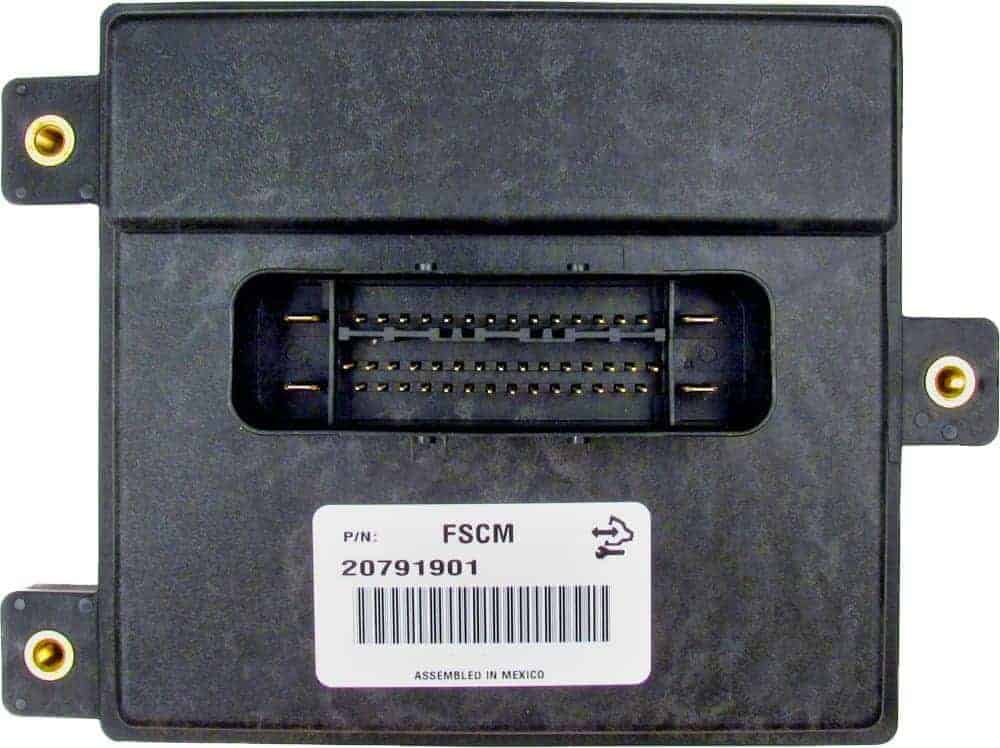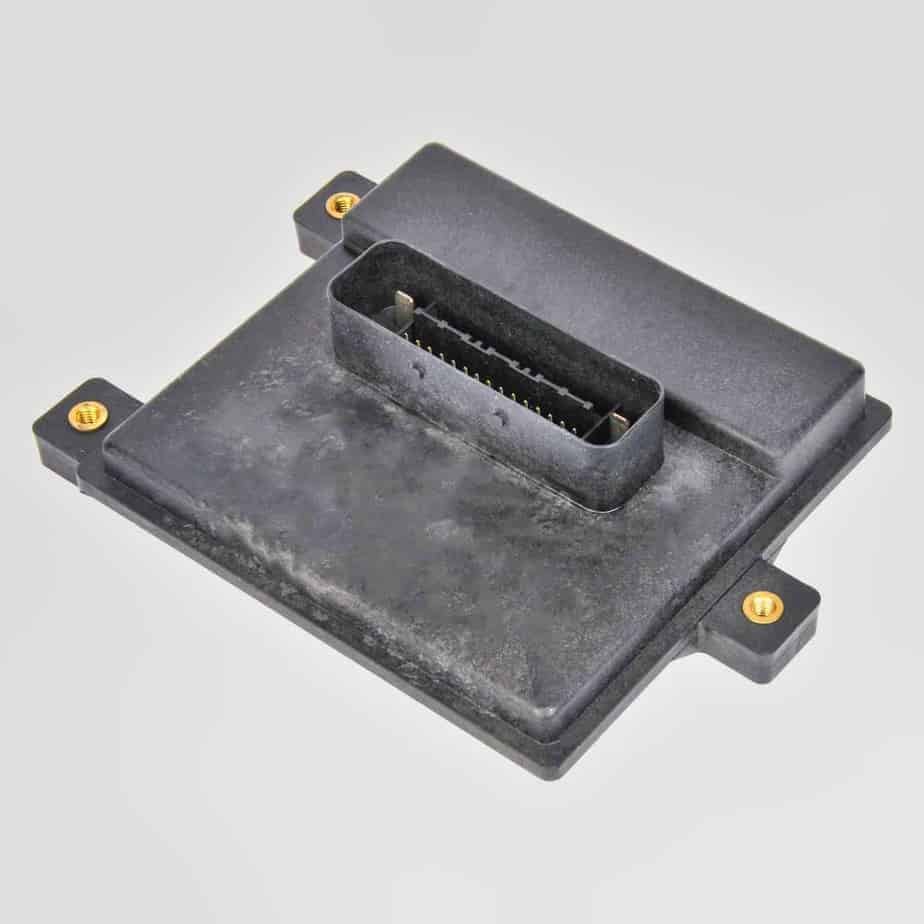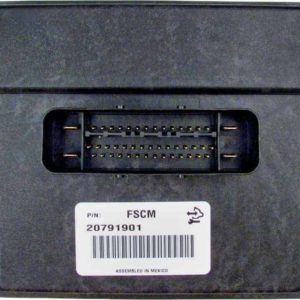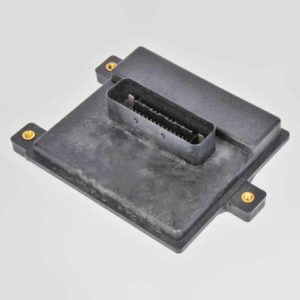Is Your GM Truck or SUV Stalling, Hesitating, or Refusing to Start?
If you’re dealing with frustrating engine problems like sputtering, a long crank time, or a vehicle that just won’t start, a failing Fuel Pump Control Module (FPCM) is one of the most common culprits on these GM vehicles. Located on the frame rail, these modules are exposed to harsh road conditions, leading to corrosion and internal failure. This isn’t just an inconvenience; it’s a reliability issue that can leave you stranded. Get back on the road with confidence with a direct-fit replacement that’s built to last.
The No-Hassle Solution: Programmed & Ready for Installation
Forget about expensive dealership visits, towing fees, and the headache of programming. We handle the complex part for you. Simply provide your vehicle’s VIN during checkout, and our technicians will flash this module with the latest, most stable GM software updates specific to your truck or SUV. It arrives at your door ready to install, making this a true plug-and-play repair you can perform yourself.
A Real-World Scenario from My Shop
“A customer’s 2008 Silverado 1500 was brought in on a tow truck last month—it would crank but never start. The fuel gauge was working, but we had zero fuel pressure at the rail. Instead of immediately blaming the in-tank pump, which is a much bigger job, we checked the FPCM first. It’s mounted on the driver-side frame rail and was heavily corroded. After swapping in one of our pre-programmed modules, the truck fired right up. Checking the FPCM first saved the customer hundreds in diagnostic time and unnecessary parts.”
Common Symptoms of a Failing FPCM:
- ✔ Engine cranks but will not start
- ✔ Stalling or hesitation, especially under acceleration
- ✔ “Reduced Engine Power” message on the dashboard
- ✔ Check Engine Light with diagnostic trouble codes (DTCs) like P069E, P0230, or U0109
- ✔ Inconsistent fuel pressure readings
Easy Installation for the DIYer or Professional
- Safety First: Disconnect the negative battery terminal to prevent any electrical shorts.
- Locate the Module: On most compatible trucks and SUVs (like the Silverado, Sierra, and Tahoe), the FPCM is mounted to the driver-side frame rail, typically above the spare tire. On other models (like the Traverse or Acadia), it may be on a rear crossmember.
- Disconnect and Remove: Unplug the electrical connectors. Be sure to press the release tabs firmly. Then, unbolt the old module from the frame.
- Install the New Module: Bolt the new, pre-programmed module into place and securely reconnect the electrical harnesses. You should hear a ‘click’ as they lock in.
- Final Steps: Reconnect the negative battery terminal. Prime the fuel system by turning the key to the ‘On’ position (without starting) for a few seconds, then turn it off. Repeat this 2-3 times before starting the engine.
Frequently Asked Questions (FAQ)
Q: Do I really need to provide my VIN?
A: Yes, absolutely. Providing your VIN is critical so we can load the correct GM-certified software for your vehicle’s specific configuration. This ensures perfect compatibility and performance without any additional programming.
Q: Is this part difficult to replace myself?
A: For most individuals with basic mechanical skills and tools, this is a straightforward repair. The module is typically held on by just a few bolts and has simple plug-in electrical connectors, making it much easier than replacing an in-tank fuel pump.
Q: How do I know if my fuel pump or this module is the problem?
A: While symptoms can be similar, a common diagnostic step is to check for power at the fuel pump connector while a helper cranks the engine. If there’s no power, the FPCM is a very likely cause. A scan tool showing communication loss codes (like U0109) also points directly to the module.
Q: Will this module fit my vehicle?
A: This module is a direct replacement for a wide range of GM vehicles and interchanges with part numbers 13501024, 15213110, 20759945, 20850907, 25785013, 25854536, 25866052, and 25967325. Please see our detailed fitment list to confirm compatibility with your specific model.




